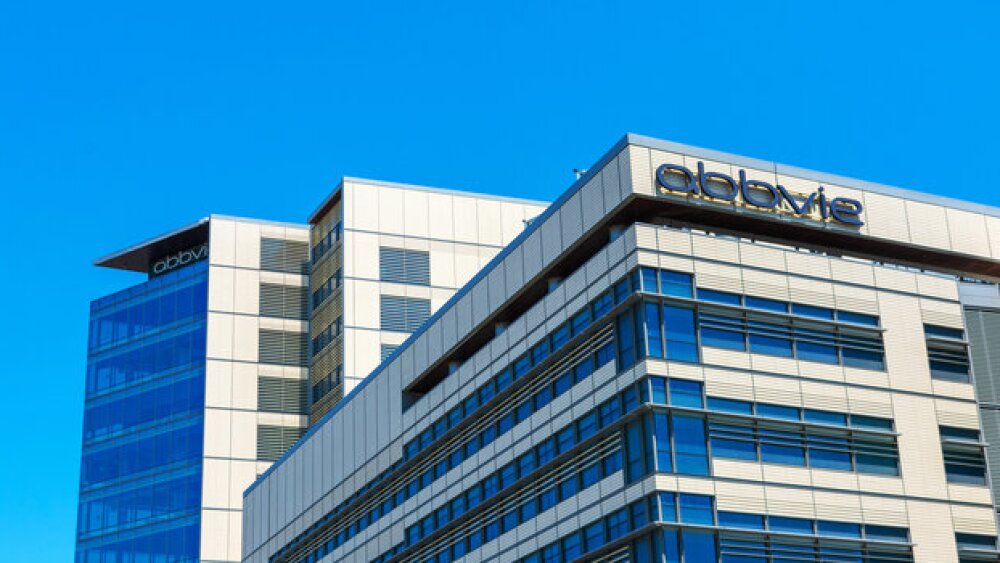September 26, 2012 -- Medical device Research and Development (R&D) directors need to be able to have visibility and adjust to market changes quickly and efficiently, says Mark Standeford, Director - Global Project Management at KCI. This requires planning for multiple scenarios and making sure R&D project portfolios and spending can be adjusted as necessary. As the Chairman of the marcus evans Medical Device R&D Summit 2010 taking place in Las Vegas, June 20-22, 2010, Standeford shares his strategies for increasing flexibility and ultimately investment returns.
What long-term strategies would you recommend to medical R&D and product development directors?
Mark Standeford: Medical R&D directors need to plan for multiple scenarios, be flexible with their resource options, understand the risks of their projects and portfolio and be ready to make adjustments frequently based on market changes.
In addition, they need to be open to new markets, new customer requirements in these markets and to new technologies that are available. They have to be able to adjust their spending accordingly, for increased efficiency and effectiveness.
R&D directors should have good solid metrics in how they track and measure the success of their R&D outputs, so that they can model future returns based on different scenarios. I recommend planning for multiple scenarios, to have alternatives to switch to if necessary. Finding good suppliers who are flexible and able to provide services that meet their resource and technology gaps would also be a good idea.
What are some of the challenges that R&D directors are facing at the moment?
Mark Standeford: The US healthcare reform is a big challenge for us right now. The 2.3 per cent excise tax on medical device companies has the potential to reduce a company’s ability to invest in future activities. This may drive an overall reduction in project spending and push companies to re-think their product development portfolios, to reduce the cost of projects and find more effective ways of achieving R&D success. The reform will make it harder for smaller companies to compete if they need to provide additional clinical data to substantiate the value of their products for comparative effectiveness.
There have been significant changes with the Food and Drug Administration (FDA) and how it reviews and approves products. It is taking longer to approve devices, requiring more data from companies, increasing their overall investment and causing delays in their revenue stream. This delay will mean a slowing down of innovative products into the US market, pushing innovation outside the US. Thus, companies will need to have a more global market presence to achieve better returns on their investments.
How can product lifecycle be extended?
Mark Standeford: Competition and innovation are always increasing, inversely reducing product lifecycle and driving the need to invest into product offerings that obtain good returns on these investments in shorter time periods.
Medical device companies need to get their products to market faster and be more effective and efficient in their spending. It is important to plan for obsolescence; they do not want products in their pipeline if they are not providing good returns. There may be a way to extend the life of a product that is financially beneficial versus developing a new product to replace the existing one. A new technology may allow you to replace the product at a lower cost. If products are designed in a modular fashion, it is easier to upgrade them by changing a single component or module, rather than having to be replaced by a completely new product.
What is your outlook on the future of this industry?
Mark Standeford: Every company is looking for a competitive and technological edge. We need to continue to be more cost effective in our R&D investments and show a strong link between our spending and company financial results. Previously, companies would measure their R&D spending as percentage of sales; now, we need to show R&D spend as a stronger predictive value of a company’s growth and profitability, not just in percentage of sales.
Contact:
Sarin Kouyoumdjian-Gurunlian
Press Manager
marcus evans, Summits Division
Tel: + 357 22 849 313
Email: press@marcusevanscy.com
About the Medical Device R&D Summit 2010
This unique forum will take place at the Red Rock Casino Resort & Spa, Las Vegas, Nevada, June 20-22, 2010. Offering much more than any conference, exhibition or trade show, this exclusive meeting will bring together esteemed industry thought leaders and solution providers to a highly focused and interactive networking event. The summit includes presentations on emerging technologies, speeding product development and addressing the challenges of outsourcing.
For more information please send an email to info@marcusevanscy.com or visit the event website
Please note that the summit is a closed business event and the number of participants strictly limited.
About marcus evans Summits
marcus evans Summits are high level business forums for the world’s leading decision-makers to meet, learn and discuss strategies and solutions. Held at exclusive locations around the world, these events provide attendees with a unique opportunity to individually tailor their schedules of keynote presentations, think tanks, seminars and one-on-one business meetings. For more information, please visit www.marcusevans.com
All rights reserved. The above content may be republished or reproduced – kindly inform us by sending an email to press@marcusevanscy.com




